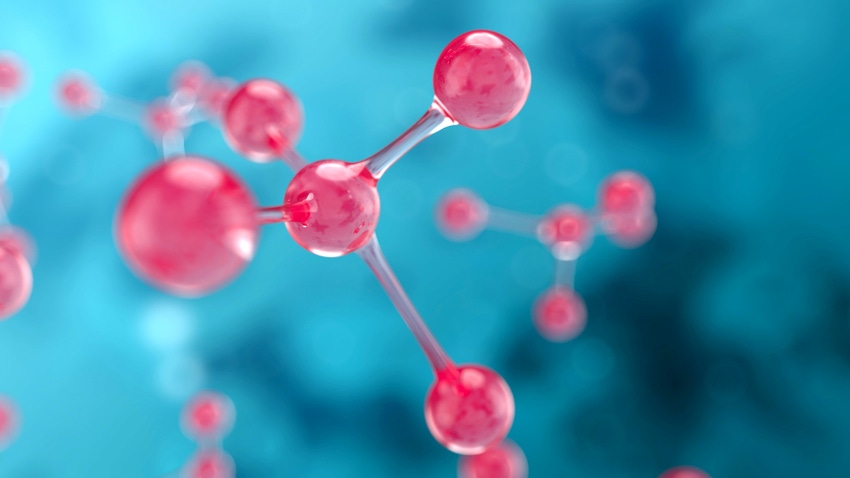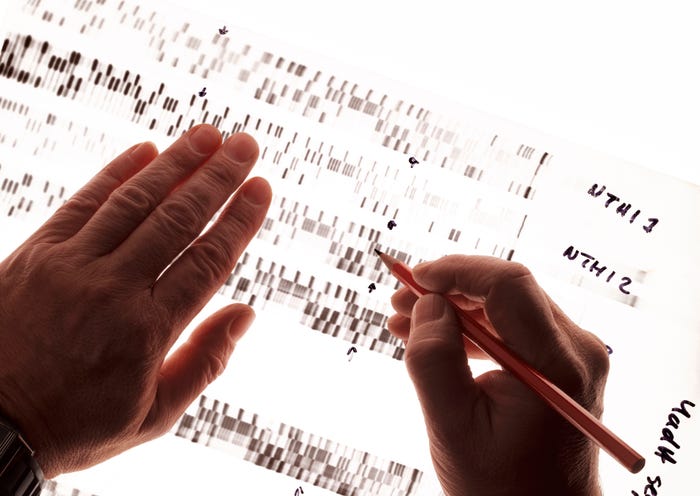
Connects decision-makers and solutions creators to what's next in quantum computing
Quantinuum Makes Quantum Chemistry Breakthrough
Hydrogen molecule simulation suggests fault-tolerant, scalable path to advanced simulations

Quantinuum researchers have used a fault-tolerant quantum algorithm run using logical qubits to simulate the hydrogen molecule for the first time.
Future quantum computers could enable the discovery of new, complex molecules that could solve problems in the health care, energy and manufacturing sectors. However, current noisy intermittent-scale quantum (NISQ) computers produce too many errors to scale sufficiently.
The Quantinuum scientists used three logical qubits on Quantinuum’s System Model H1 quantum computer to calculate the ground state energy of the hydrogen molecule using an algorithm designed for early fault-tolerant devices.
Known as stochastic quantum phase estimation, the technique could scale better than other methods but is challenging to implement on today’s quantum computers because it requires very complex circuits, which are prone to failing due to noise.
The researchers overcame this challenge by using logical qubits along with a newly developed error detection code designed for the H-series quantum hardware. The code saved quantum resources by immediately discarding a calculation if it detected qubits that had produced errors during the computation process.
They combined this solution with Quantinuum’s quantum chemistry software InQuanto, producing more accurate simulation results than those achieved without the error detection code. Creating and using logical qubits with error detection could suggest a path toward advanced error correction.
This solution used in this demonstration will be into future versions of InQuanto, enabling industrial companies and academic researchers to explore the use of early fault-tolerant algorithms run on quantum computers for material and molecular modeling.
“Simulating the hydrogen molecule and getting such good results with an early fault-tolerant algorithm on logical qubits is an excellent experimental result and reminds us how fast we continue to progress,” said Quantinuum senior researcher Kentaro Yamamoto.
“This result may reflect the start of a new chapter for quantum computing professionals, where we can begin to adopt early fault-tolerant algorithms on near-term devices, using all the techniques that will ultimately be required for future large-scale quantum computing.”
About the Author(s)
You May Also Like
.png?width=100&auto=webp&quality=80&disable=upscale)
.png?width=400&auto=webp&quality=80&disable=upscale)




